Today's guest blogger for KFA's Cake Week is Laura Giletti, a leader in our Food & Cooking support team.
Frosting doesn't need to come out of a can. It doesn't need to have contamination concerns, and it can be so very good! Let's start with the ingredients. You can do this by hand but I have to say I am so very lazy that I love to use the mixer for this. Ingredients are simple: powdered sugar (also known as confectioner's sugar), margarine, vanilla and water. Start by measuring three cups of powdered sugar into the bowl of your mixer. (Printer-friendly recipe is available here.)
The recipe calls for margarine but I'll tell you, I prefer to use shortening. Margarine is colored pale yellow because really, who wants to spread a pure white margarine on their toast? Great for toast but when you make frosting you want pure white so that it takes colors nicely. Do you know what you get when you mix yellow and pink? Flesh tone. Ask me how I know. Actually, don't, just keep in mind it was not pretty. I use shortening.
There are two types of shortening that are easy to find: Crisco which is made mostly from soy oil, and Spectrum Shortening which is from palm oil. If neither of these is suitable for your allergy set, you may be able to use coconut oil but coconut oil becomes quite soft at 70 degrees. If you are making frosting with coconut oil in the summer time it can lead to a very frustrating experience. (Colette Martin has shared other dairy and soy-free options in a previous blog post on Baking Without Allergens.)
After you have chosen which sort of margarine or shortening to use, add a half cup to your powdered sugar.

Start to mix. This is where the machine is handy because it will really pound the fat into the sugar. After a minute stop the mixer and add one tablespoon of vanilla and the three tablespoons of water. Commercial vanilla is brown, of course, and if you remember from above yellow plus pink is not a nice combination. This bit of yellow may not matter, for example if green is your desired end result, but if you have little girls who want pale pink you have a few options. One is to make your own vanilla by putting vanilla pods into rum or vodka, which is what I do. Another is to buy clear vanilla from cake decorating specialty shops. If neither of these options works for you perhaps simply because you just don’t have time to be hunting down ingredients, you can simply omit the vanilla, but be sure to add a tablespoon of water to get the right consistency.
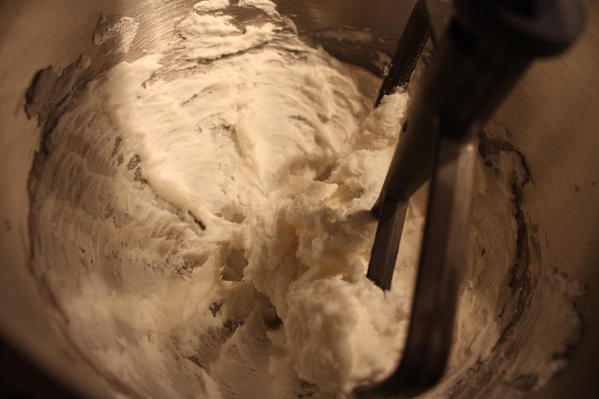
Let the machine go for a minute and then add coloring if you want. As of writing this the food colors from Wilton have a lot of “may contain” statements and are not a good option for many people with allergies. McCormick food coloring from the supermarket work for some people, depending on the allergens they need to avoid. Another option is AmeriColor which is made in a peanut, tree nut-free facility and all products are gluten-free (but may not be free of other allergens). Because manufacturers can change how they make things please double check that these brands are safe for the people you will be serving.
Do keep in mind that liquid food color will have an effect on the consistency of the frosting, and consistency is pretty important when you are piping frosting. Stop and scrape down the beaters and sides of the bowl to ensure that the color gets mixed in thoroughly. Restart the mixer and turn it up to medium speed. By making the mixer go fairly fast you whip a bit of air into the frosting and make it easier to pipe or spread on your cake. Another advantage to running the mixer at high speed is it whips the frosting off of the beaters and back into the bowl. The sugar may be powdery but it still has enough grit to dig holes in the frosting.
The frosting is now ready to spread on your cake.
Next, we will learn how to pipe pretty rosettes on our cupcakes as seen in the first picture on this blog post.
*The information shared here is for your convenience only, it is not an endorsement or guarantee of any product's safety. Please read all ingredient labels and contact manufacturers if needed to confirm the safety of products for your child.
Laura has been a member of Kids With Food Allergies Foundation since 2005 and has volunteered to help us with our community and statistics for the past several years. She is a leader in our Food and Cooking support team. She is the mother of 2 young girls and is an avid cook and baker.
Copyright © 2012-2013. All rights reserved.

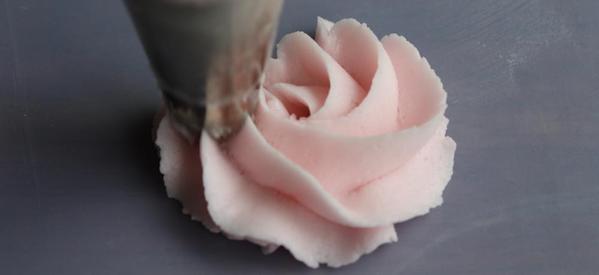

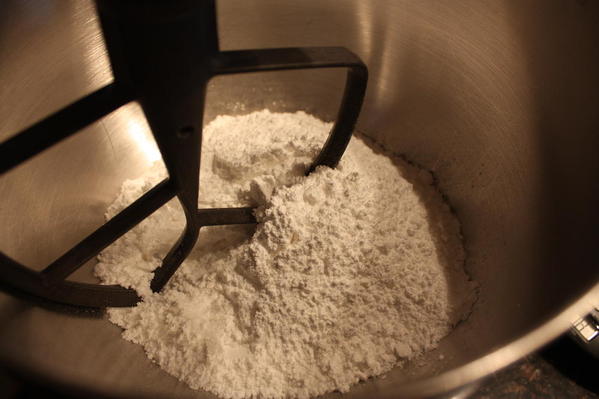

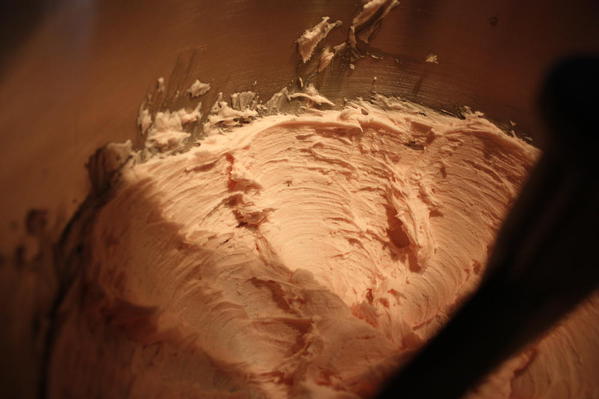

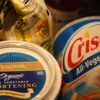

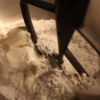



Comments (5)